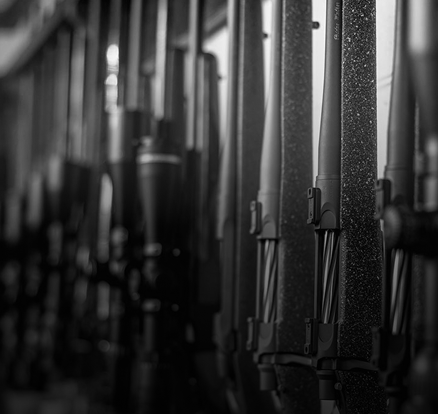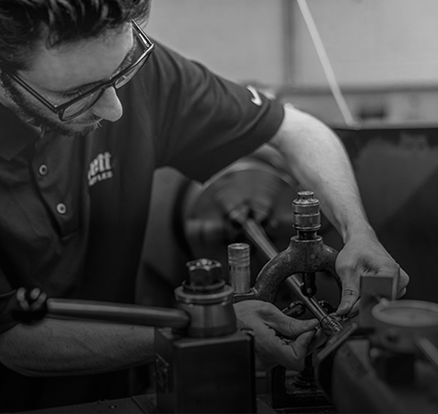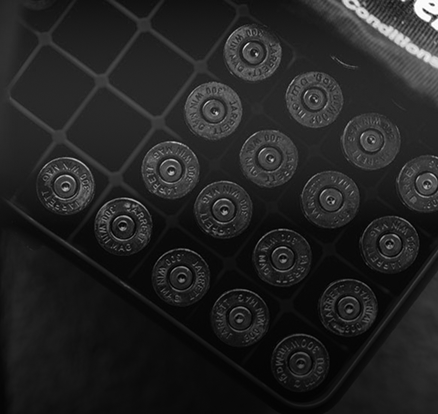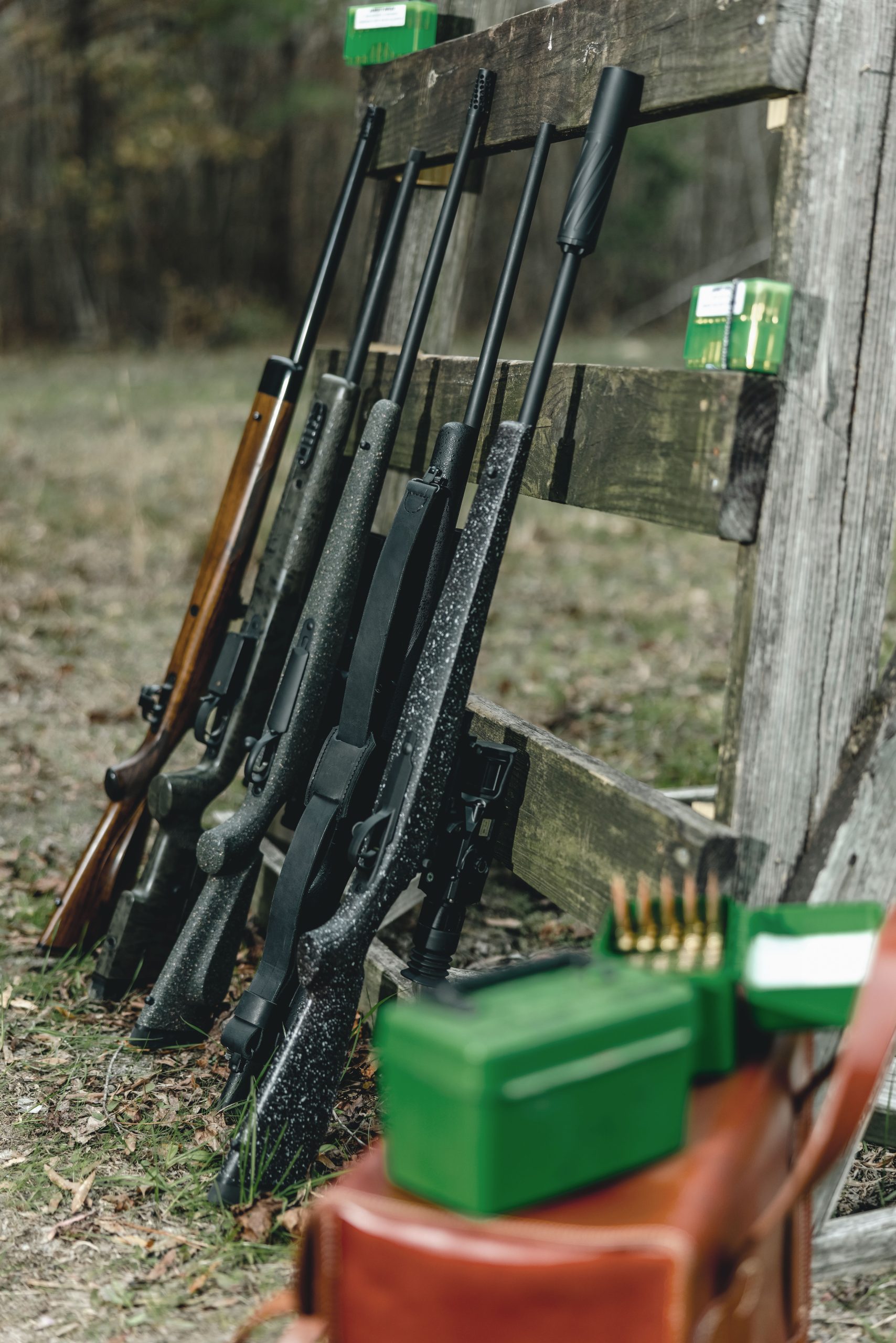



FEATURED CUSTOM RIFLE
2024 | 7MM REM MAG | BUILT FOR CENTRAL ASIAN ARGALI
2024 | 7MM REM MAG
BUILT FOR CENTRAL ASIAN ARGALI

Our founder, Kenny Jarrett, started this company with the belief that accuracy was a pursuit of perfection achieved through skill, discipline, and reliable equipment. He emphasized precision and attention to detail, recognizing that even small variables could impact performance. This has lead to a long history of custom built hunting rifles that eliminates those variables for its owner, and can be relied on when it’s time to perform.
Our founder, Kenny Jarrett, started our company with the belief that accuracy is a pursuit of perfection achieved through skill, discipline, and reliable equipment. This has lead to over four decades of custom built hunting rifles with a focus on performance details that others may overlook, resulting in a product that can be relied on when it's time to perform.

The process of custom building a Jarrett rifle must meet the highest standards so that our clients can perform in some of the world's most demanding hunting environments.

For us, the cartridge is an extension of the rifle, and is just as critical to performance as anything else on the rifle. In this post, we compare some popular cartridges for Whitetail deer.